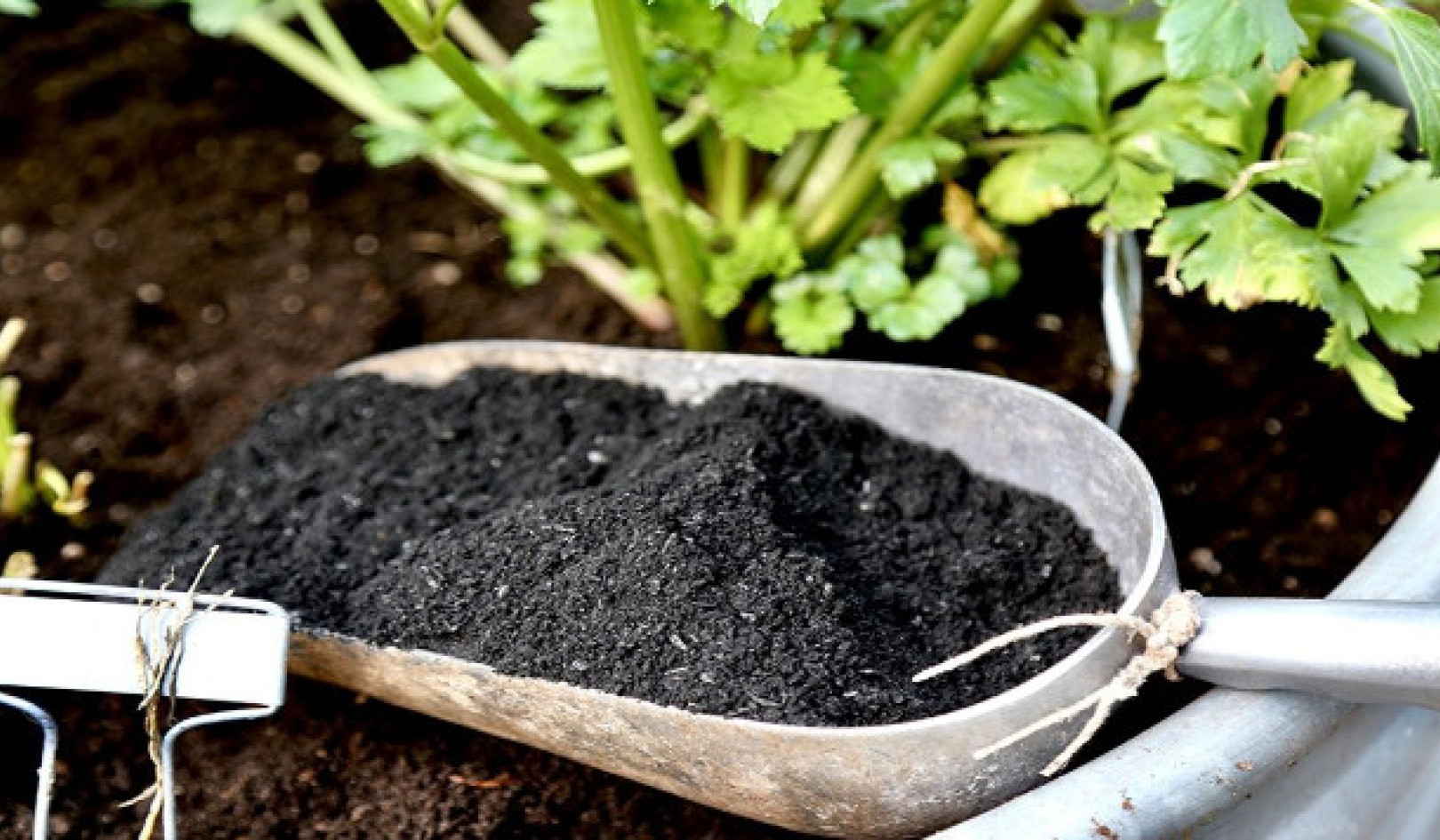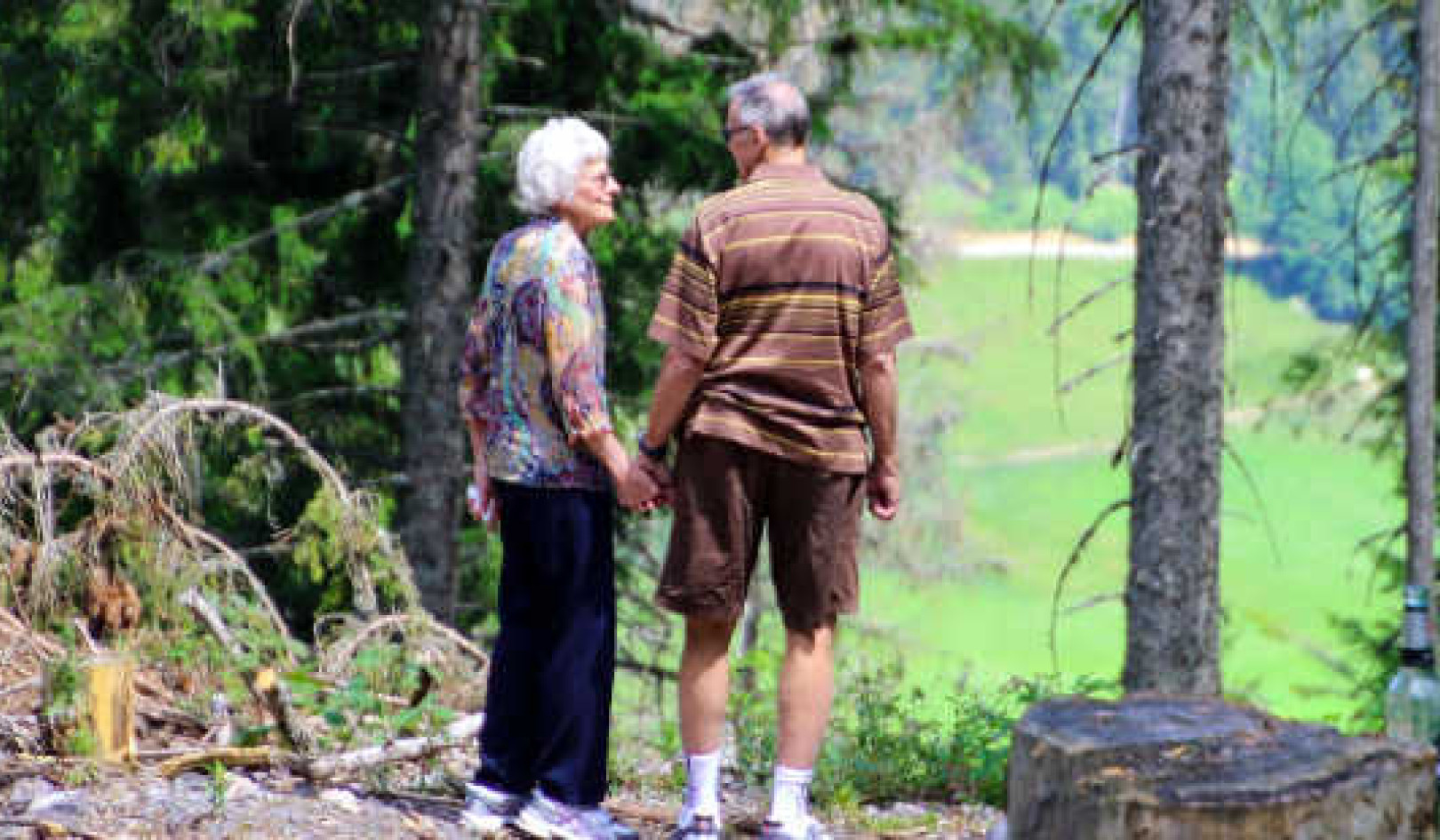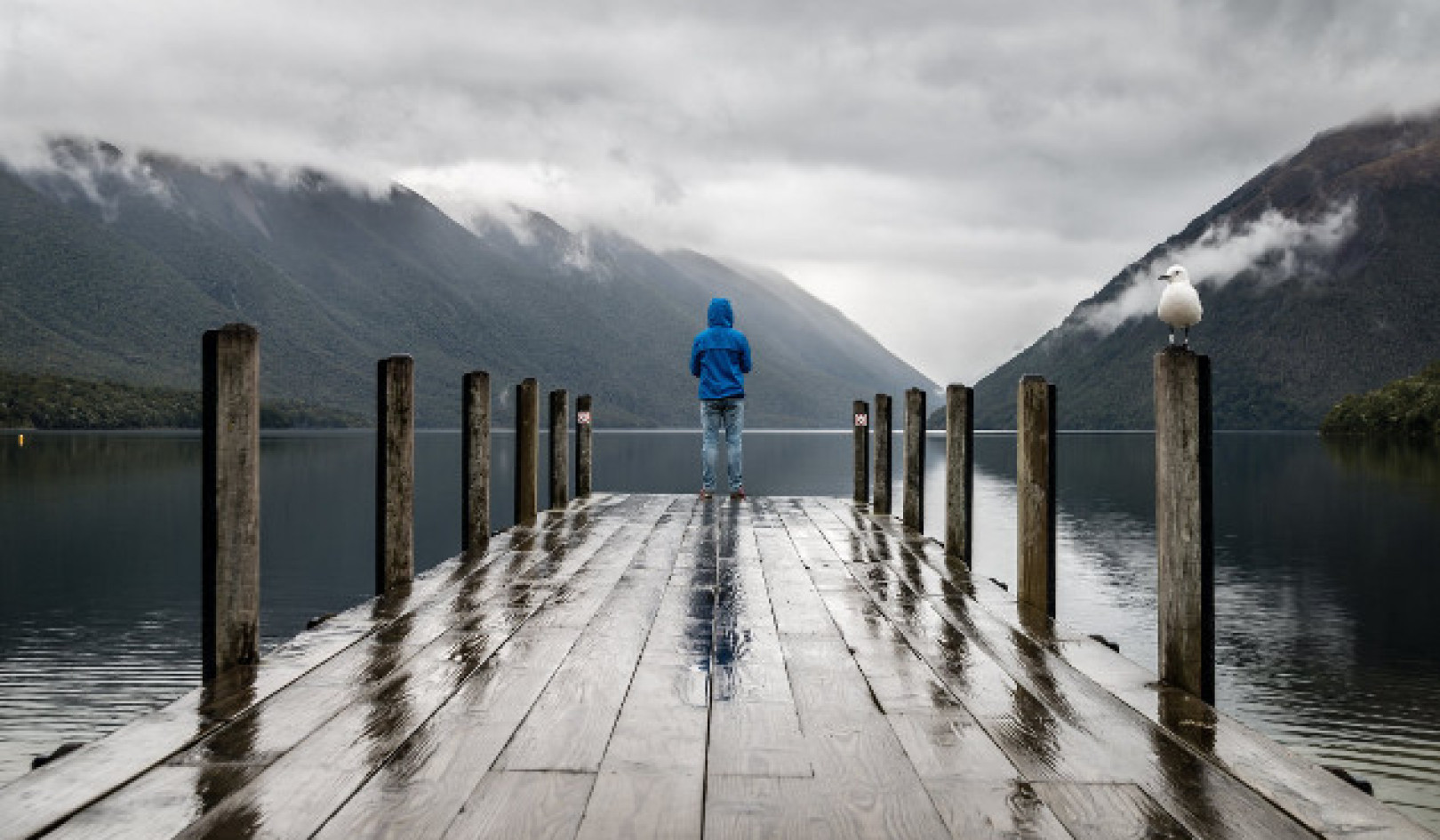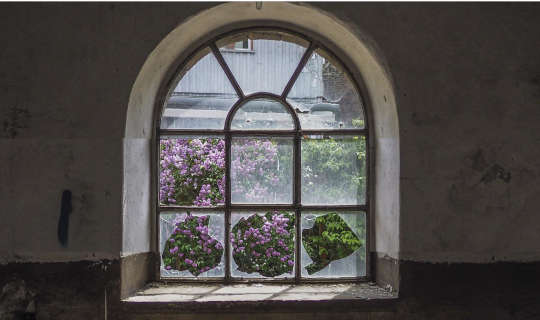
Image by Michael Gaida
Narrated by Marie T. Russell.
Watch video version on InnerSelf.com or on YouTube
In a world that often seems intent on destroying itself, I find myself curating beauty. Not the skin-deep beauty that graces magazine covers, but the roots of beauty—the kind of beauty that grabs us and shakes us out of the narcotic, dystopian alienation through which modernity slumbers and lumbers these days.
There’s so much beauty around us in forgotten, out-of-the-way places. There’s wild beauty breaking through cracks in the sidewalk if you’d only kneel down to look. It’s in the scatter of raindrops on a windshield catching fire in the afternoon sun, the electric dances of our children, the call to prayer over crackling loudspeakers, and the waft of cinnamon leaking out under the bakery door.
In Pursuit of Wild Beauty
There is wild beauty everywhere. Yet we, as modern people, have made it mostly our business not to see it.
We’ve locked ourselves up with actuarial tables, earnings statements, and various forms of insurance. We mitigate against risk by pursuing higher education, working for companies that provide a stable paycheck, and sending our children to established schools. We lock ourselves into routines, mortgages, and predictability. We hedge our bets. We make 5-year plans.
And in so doing, we turn away from the wild beauty within: the originality with which each of us came here.
Many years ago, a study in England revealed that every 2-year-old is a genius. Every single one. And then we school that genius out of them. We extinguish their wild beauty.
Wild Beauty Fuels Innovation
American engineer and architect Buckminster Fuller, profoundly nearsighted as a small child, built triangles and pyramids out of peas and toothpicks because he couldn’t see the other children were building squares and cubes. Triangles made more sense to him. His structures didn’t collapse. But everyone laughed at him, even his teachers.
Yet, this child identified the mathematical language of nature and went on to develop a vectorial geometry that led to advances in materials science, building, and chemistry. From his own wild beauty, he delivered to us the mathematics of the living world.
And yet, the world tries so hard to beat this out of us.
So What Can We Do?
What should we do in this moment, with the world on the edge of collapse?
Look for wild beauty—and seize it when you find it
Look to the edges. Look to the margins, to the strange, to the oppressed. Look for wild beauty: something unfamiliar, bizarre, or beyond the horizon of your imaginings.
We need people brave enough to quest for their wild beauty, seize it when they find it, and insist that it’s honored. Grown-ups who behave in this particular regard are more like the children all of us were before the genius was educated out of us.
Cracking Open the Door
How can you bring yourself into contact with the grace of wild beauty when it is, by definition, elusive? Here are five strategies for cracking open the door:
1. Extinguish the inner talk in your mind.
This basic instruction is sometimes the hardest because inner talk is like a trick candle. You blow it out; the flame comes right back. But when our inner talk is running, we aren’t in contact with what’s around us or the present moment, and the present moment is the doorway to all that follows.
2. Visit wild places.
There’s magic and mystery in wild places, from the pristine wilderness to the sprawling urban jungle. I spent years in my 20s visiting a hulking shell of a building that had once housed the St. Louis Car Company. There was much wild beauty there.
To merit receiving gifts from such places, we must quiet our minds, soften our tread, and leave no trace. Come to bless, not to extract. Treat such journeys as a pilgrimage.
3. Tend to wild feelings.
In the emotional shorthand of modern life, sometimes an experience gives rise to complexities within us that we don’t properly attend to, settle with, or excavate. When an experience evokes deep feelings — awe, disgust, betrayal, rapture, grief, or rage — attend to them.
Notice when you’re in the grip of wild feelings. Let yourself feel them. Attend to the news they bring, and move them through you. Shake. Dance. Make music with your bones. Occupy your body.
4. Listen to your instincts.
Take note of the places your instincts direct you toward. Are these places different from what you’ve been taught or how you’ve been socialized? This will produce tension.
What’s lost when you submit to socialization? What’s risked if you follow your instincts? Question socialization that separates, that distances, that diminishes, that suppresses, or that oppresses.
5. Follow the impulses of little children.
Infants and small children are closer to the rapture of wildness. Allow yourself to follow their lead.
Practice accompanying them rather than steering them back to the well-traveled highways of the modern mind. They’re our future, and we only have a future if their wildness remains intact.
Copyright 2022. All Rights Reserved.
Book by this Author:
Restorative Practices of Wellbeing
Restorative Practices of Wellbeing
by Natureza Gabriel Kram.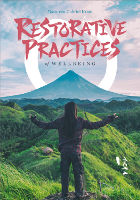 In this pioneering volume, connection phenomenologist Gabriel Kram addresses two fundamental practical questions: how do we address the trauma and disconnection endemic to the modern world, and how do we turn on the Connection System? Marrying cutting-edge neurophysiology with awareness technologies from a wide variety of traditions and lineages, this book maps a novel approach to the creation of wellbeing informed by the most cutting-edge science, and the most ancient of awareness practices. It teaches over 300 restorative practices of wellbeing to connect with Self, Others, and the Living World.
In this pioneering volume, connection phenomenologist Gabriel Kram addresses two fundamental practical questions: how do we address the trauma and disconnection endemic to the modern world, and how do we turn on the Connection System? Marrying cutting-edge neurophysiology with awareness technologies from a wide variety of traditions and lineages, this book maps a novel approach to the creation of wellbeing informed by the most cutting-edge science, and the most ancient of awareness practices. It teaches over 300 restorative practices of wellbeing to connect with Self, Others, and the Living World.
For anyone who has faced a difficult childhood, grown up with a sense that there is something missing in the modern world, or yearns for deeper connection with Self, Others, or the Living World, this book provides a map to a (r)evolutionary approach to wellbeing so ancient it hasn't been invented yet.
For more info and/or to order this book, click here.
About the Author
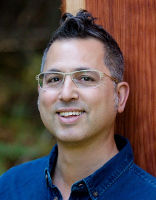 Natureza Gabriel Kram is a connection phenomenologist. Over the past 25 years, he’s undertaken advanced study and research in neurophysiology, applied mindfulness, social justice pedagogy, deep nature connection, cultural linguistics, and Indigenous lifeways with support from over 50 mentors in 25 disciplines of well-being from 20 cultures. He is convener of the Restorative Practices Alliance, founder and CEO of Applied Mindfulness, Inc., and co-founder of the Academy of Applied Social Medicine.
Natureza Gabriel Kram is a connection phenomenologist. Over the past 25 years, he’s undertaken advanced study and research in neurophysiology, applied mindfulness, social justice pedagogy, deep nature connection, cultural linguistics, and Indigenous lifeways with support from over 50 mentors in 25 disciplines of well-being from 20 cultures. He is convener of the Restorative Practices Alliance, founder and CEO of Applied Mindfulness, Inc., and co-founder of the Academy of Applied Social Medicine.
He is the author of several books, including Restorative Practices of Wellbeing, an interactive compendium of over 300 practices that restore wholeness and well-being. Learn more at restorativepractices.com/books.

























